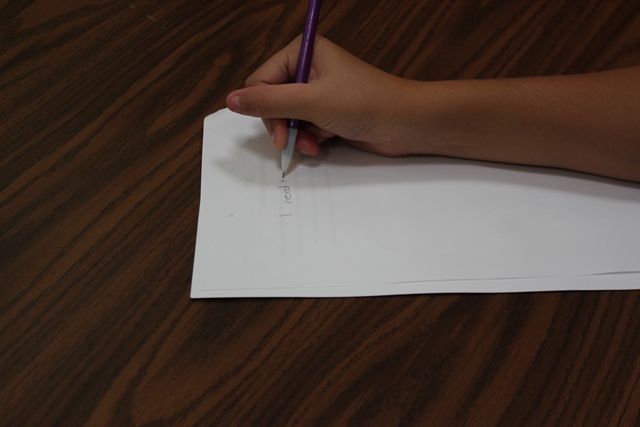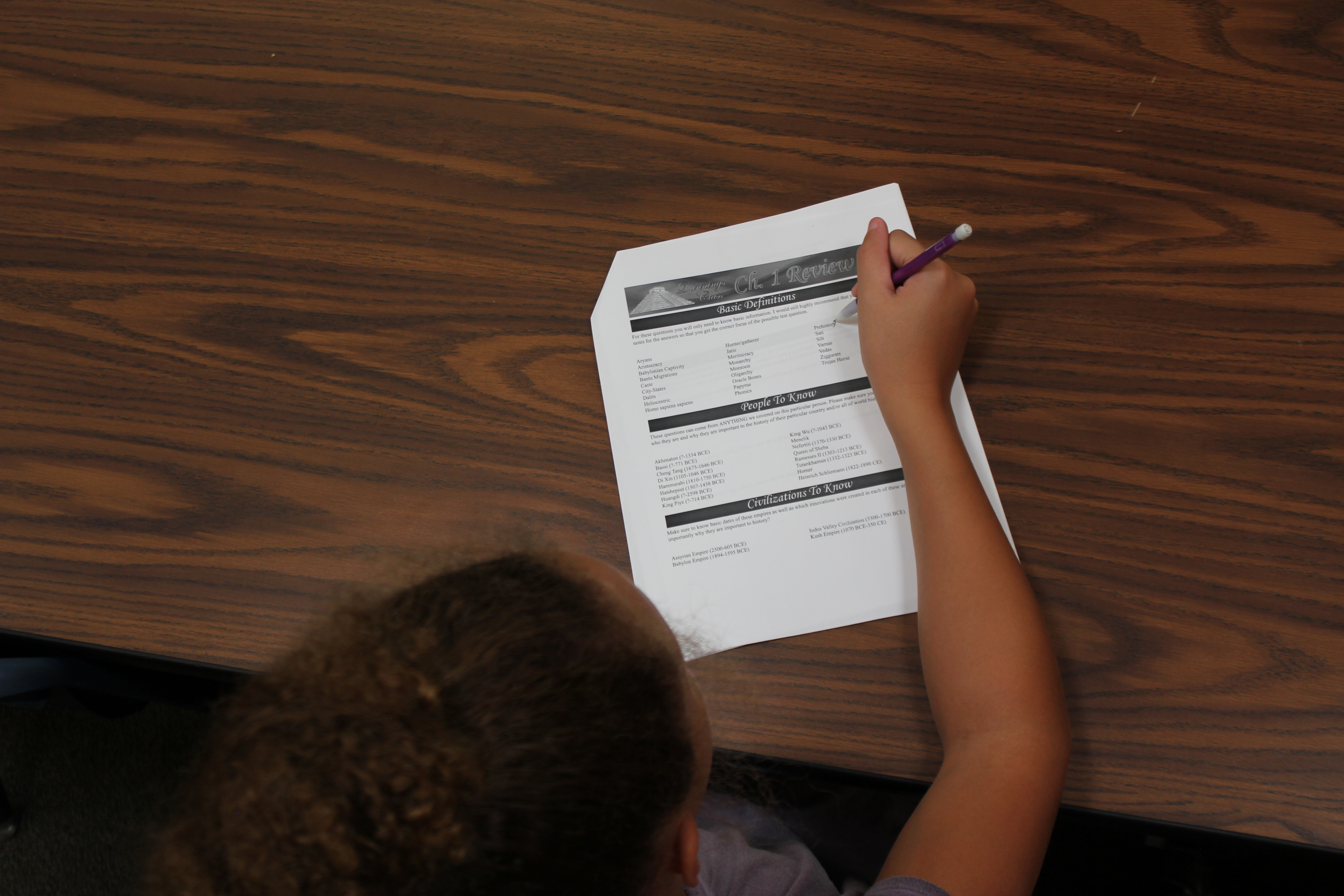
Next we cover the independence movements of both Europe and the Americas that often show influence from one of the two major revolutions from Ch. 11. The vast majority of the names of these movements (from Garibaldi to Bolivar) are towering figures in history that are often ignored in curriculums in the United States. After these independence movements succeeded, these new countries would experience major turmoil in the creation of new governments due to regionalism and other differences among these new countries. These issues would prove much too challenging in most places and the new countries would break into those that we see on the maps currently.
Essential questions
- Which of the unification movements of the 1870’s was more difficult in your belief? Why?
- Why is France such a dynamic country in reference to how it treated its slaves?
- Why was the role of the Criollos vital in the Independence movements of Latin American countries?
- Why was the role of William Wilberforce so important despite not actually achieving his goal personally?
Chapter Content
Class
Resources
The following are a list of helpful resources that can be used in studying for this chapter.








